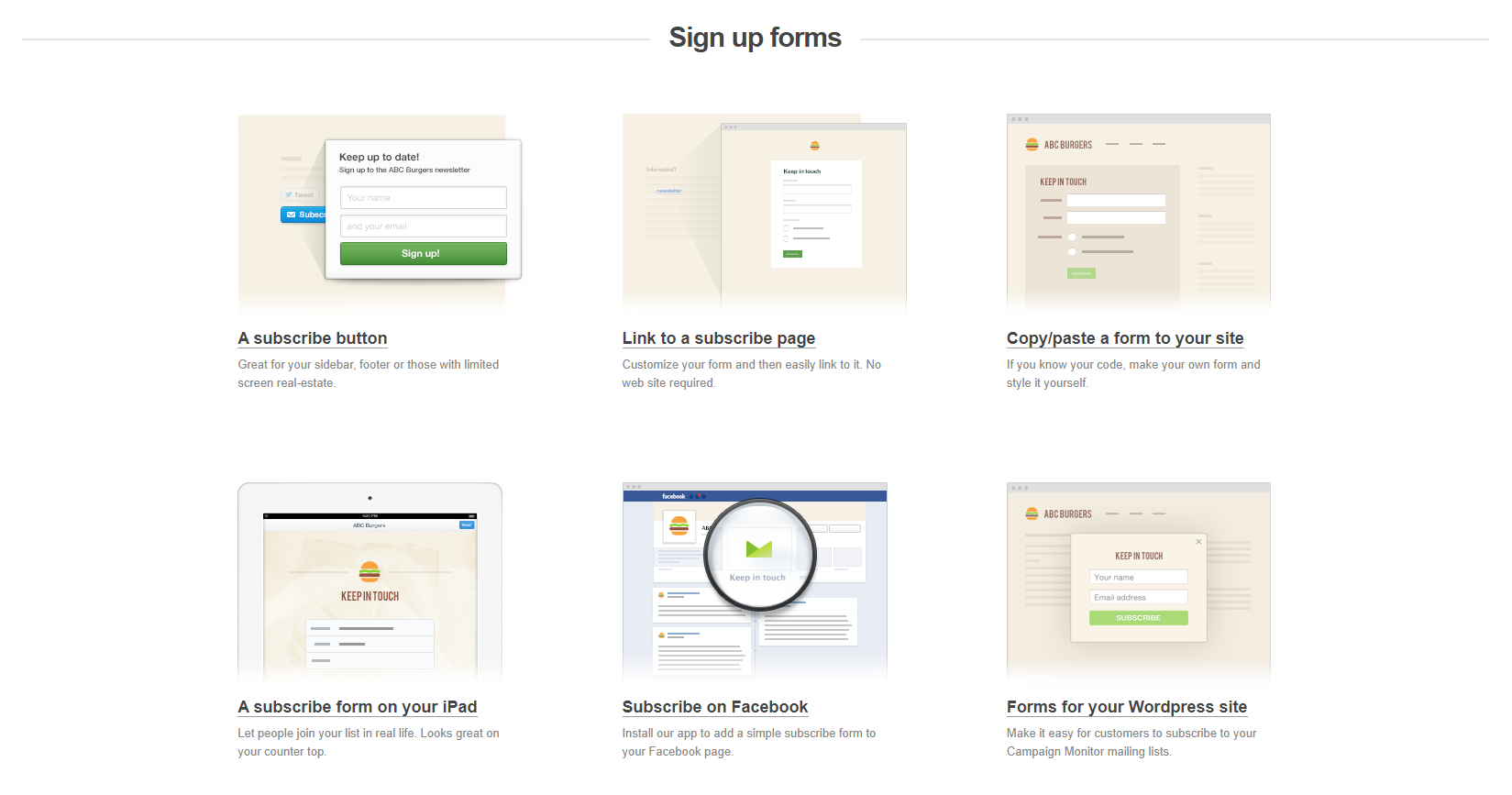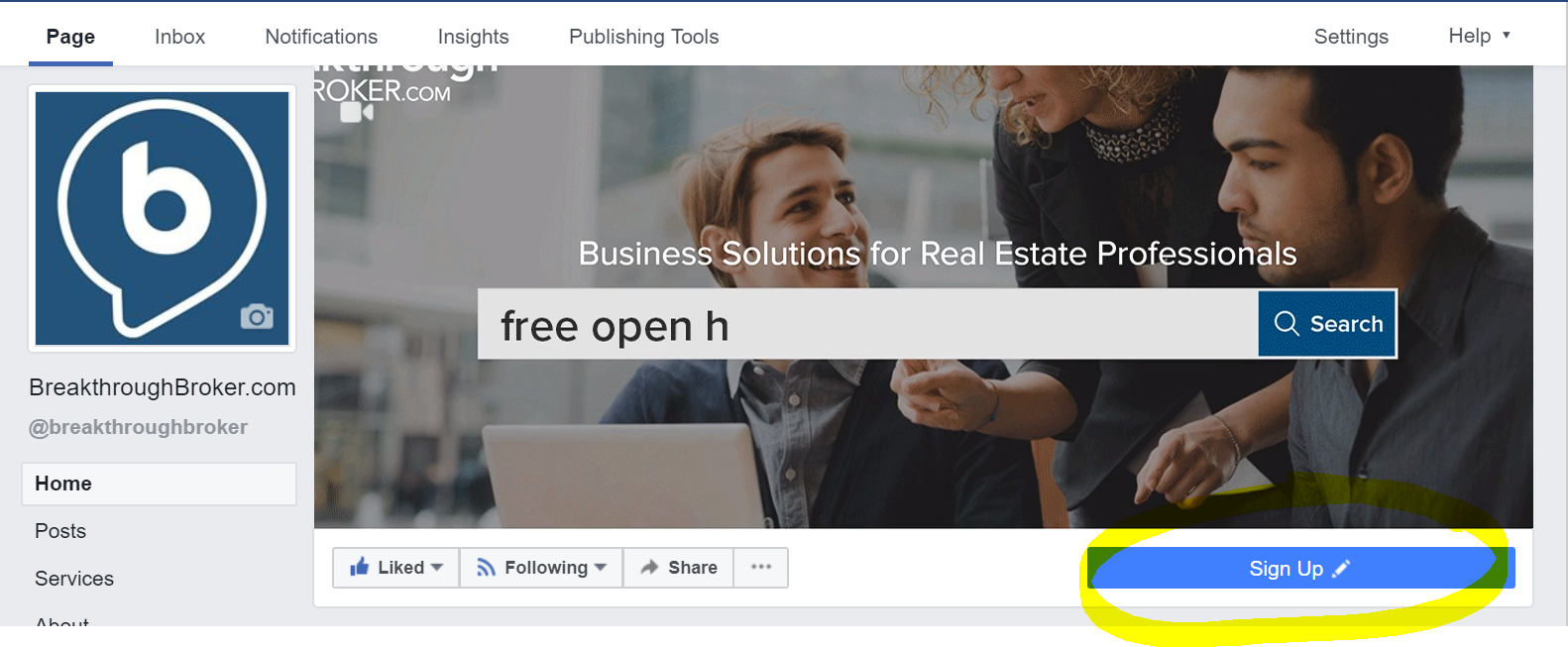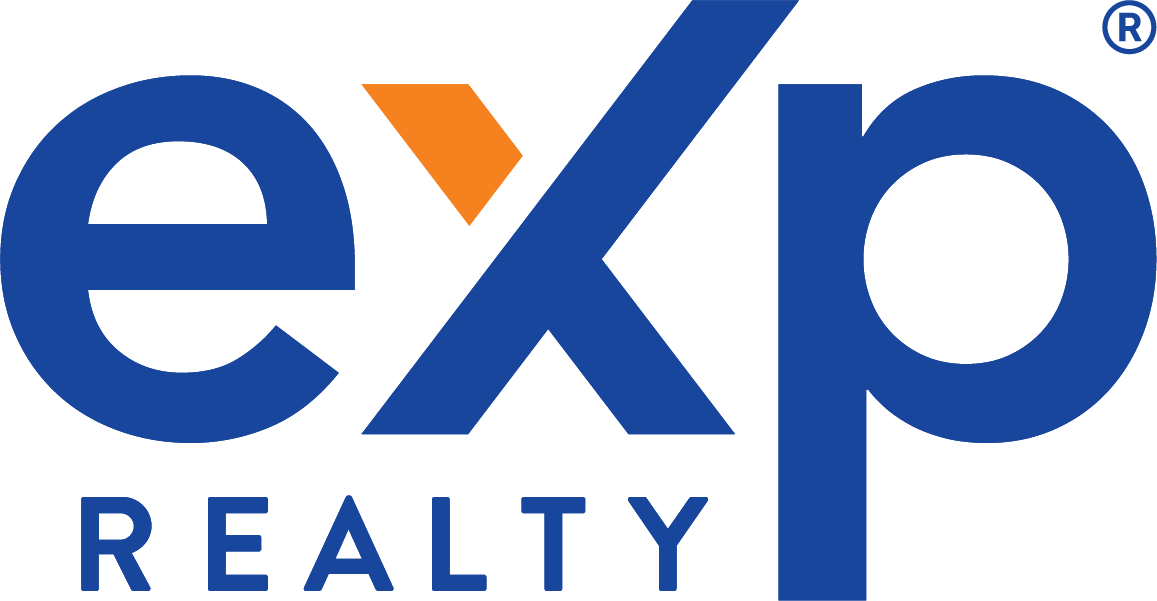Email marketing can be one of your best resources for engaging new leads and keeping in contact with your sphere. A healthy and growing email marketing list gives you an audience that you can keep engaged with regular newsletters, special incentives, and updates on the local market, and when it comes time for those people to buy or sell a home, you’ll be top of mind.
Of course, before you can start sending marketing emails, you need an actual list to send to. So where do you get your contacts?
Remember that email is permission based
You’re not just gathering email addresses, you’re gathering opt-ins. You need permission to send someone a marketing email (this is part of the CAN-SPAM act). Sending marketing emails without permission is spamming, and at the very least it’s a good way to get yourself banned from email marketing services. Permission can be given verbally or in writing, or users can opt-in via online signup forms.
So with that in mind…
Request permission from your existing contacts This could be past clients, Facebook friends, family members, etc. Simply call, text, ask in person, ask over a Facebook messenger, or use any other communication method you can think of. Politely, casually request permission to add a contact to your email list.
It’s important—and it’ll be much more effective—if you include a value proposition:
“Hey, would you mind if I added you to my email marketing list? I send out a monthly newsletter, and I also occasionally send updates on the market. I even have some giveaways now and then :)”
That may not be your exact message, but the idea is to set expectations and explain to the contact why your content will be valuable. And if they don’t reply or say “No,” don’t take it personally. Everyone has a different threshold for how often they want to allow marketing emails into their inbox.
Add signup forms to your online communications
Every email marketing service will have a section within your account where you can create various signup forms. You can link directly to a form, embed a form on your website, or create a custom form (if you’ve got some coding knowledge or are willing to pay for someone to do it for you).

Think of all the ways you already reguarly communicate with existing and prospective clients, and find a way to include an email signup form. There are two obvious channels:
You are probably sending tens or even hundreds of emails per day, and each message has (or should have) an email signature, so add a link to your signup form in you signature. It can be as simple as a hyperlink underneathe your name and title. Here’s an example:
Best regards, Jane Smith, REALTOR ABC Realty Sign up for my email list to receive monthly newsletters and exclusive offers.
Add a signup form to your website or blog. This can be a pop-up form, a quick signup form in the sidebar, feature box, or just a simple link to your MailChimp signup form.
-
Be prepared to get permission during real-life interactions
You’re likely meeting plenty of potential email subscribers at conferences, social events, your kids’ school events, or anywhere you happen to strike up a conversation. Think of all the times you’ve exchanged business cards or contact information with someone new. When that moment comes, just ask the person, “Hey, do you mind if I add you to my email list?” You’ve already got their contact information in hand, so it’ll be easy to pull up your email marketing account on your phone when you part ways and immediately add them to the list. Once you get in the habit, you’ll be surprised by how quickly you can add new subscribers.
Here are some additional ways you could achieve this in person:
- Ask people who attend an open house if they'd like to get a market report.
- Ask cold buyers if they would like to continue to receive "good deals" in the market in a monthly e-newsletter.
- Use a sign-up sheet at an office event.
Use social media for signups
There are obvious places where you can add a signup link, like in a Twitter bio, the “Sign Up" button on a Facebook Business page, or your Instragram bio. But most email services also have integrations that allow users to sign up directly from a Facebook profile or business page by adding an email signup tab. Then you can share a post that links to the signup tab so people can go to the tab directly from their newsfeeds.

Twitter no longer supports Twitter cards for email signups and lead generation, but you can still go beyond simply adding a link in your bio. You can (occasionally) send Tweets with a link to your signup form, and pin one of the Tweets on your Twitter Profile.
And remember, a value proposition will make people much more likely to click through and sign up.
Sweeten the deal
Think of the ways marketers get you to sign up for email lists. One popular method is offering exclusive content. You may not be able to offer discounts or promo codes like eCommerce marketers, but you can create valuable content—like market reports, eBooks, or private blog posts—that will entice people to sign up. You can deliver the exclusive content with an automated welcome email for your new signups, or you can add functionality to your website that automatically starts a download when the user submits their email address.
Wrapping up
Some of these subscriber lead generation methods will take some work or some money to get going, but most can be accomplished very quickly and easily. Optimizing your email signature, Facebook page, Instagram bio, and Twitter profile for email signups is something that takes 10 minutes total. Asking for email permission when exchanging business cards is just a habit. You can tackle reaching out to your Gmail contacts, smartphone contacts, Twitter followers, and Facebook friends in small batches and quickly build up a subscrier list. It’s worth the effort, because email marketing is one of the most powerful, cost-effective marketing tools.
Ethan Conley is a marketer, designer, and content writer in Denver, Colo. He was Breakthrough Broker's first employee and helped launch the site in 2011.







